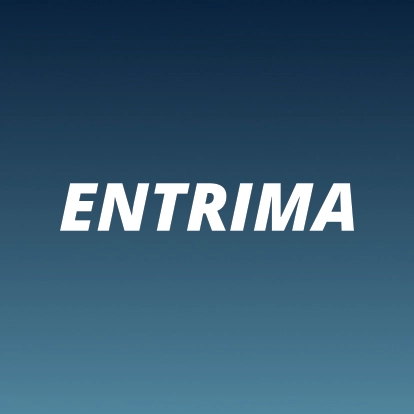In the metal markets, physical players come together to enter into supply contracts. This concerns parties with a physical need or desire, including producers and consumers. In addition, market participants enter into derivatives contracts. These instruments can be applied by physical players to hedge their price exposures, or, alternatively, by financial players, to create an exposure. The latter could be performed by investors and other parties with a financial interest or objective.
Metal contracts can be transacted bilaterally, in the over-the-counter (OTC) markets. Alternatively, metal contracts are traded on an exchange, via a trading platform operated by the trading venue. In case of an over-the-counter transaction, with settlement in time, both counterparties are exposed to counterparty risk. The buyer faces delivery risk, whereas the seller faces credit risk. In case of exchange-trading this does not apply. Deals concluded on an exchange are cleared by the ‘central counterparty’ (CCP), also called the ‘clearing house’. This implies the clearing house takes over counterparty risk. As a result, the clearing organisation requires parties with an open exposure to pledge cash collateral, or margin, as a temporarily deposit. In case of a failure, this ‘margin’ serves to cover potential losses for the clearer.
Brokers facilitate trading in the OTC metal markets. In order to trade on a metal exchange, a market participant requires a membership. Alternatively, to transact on exchange, one could do so via the membership of another party, possibly a brokerage firm.
